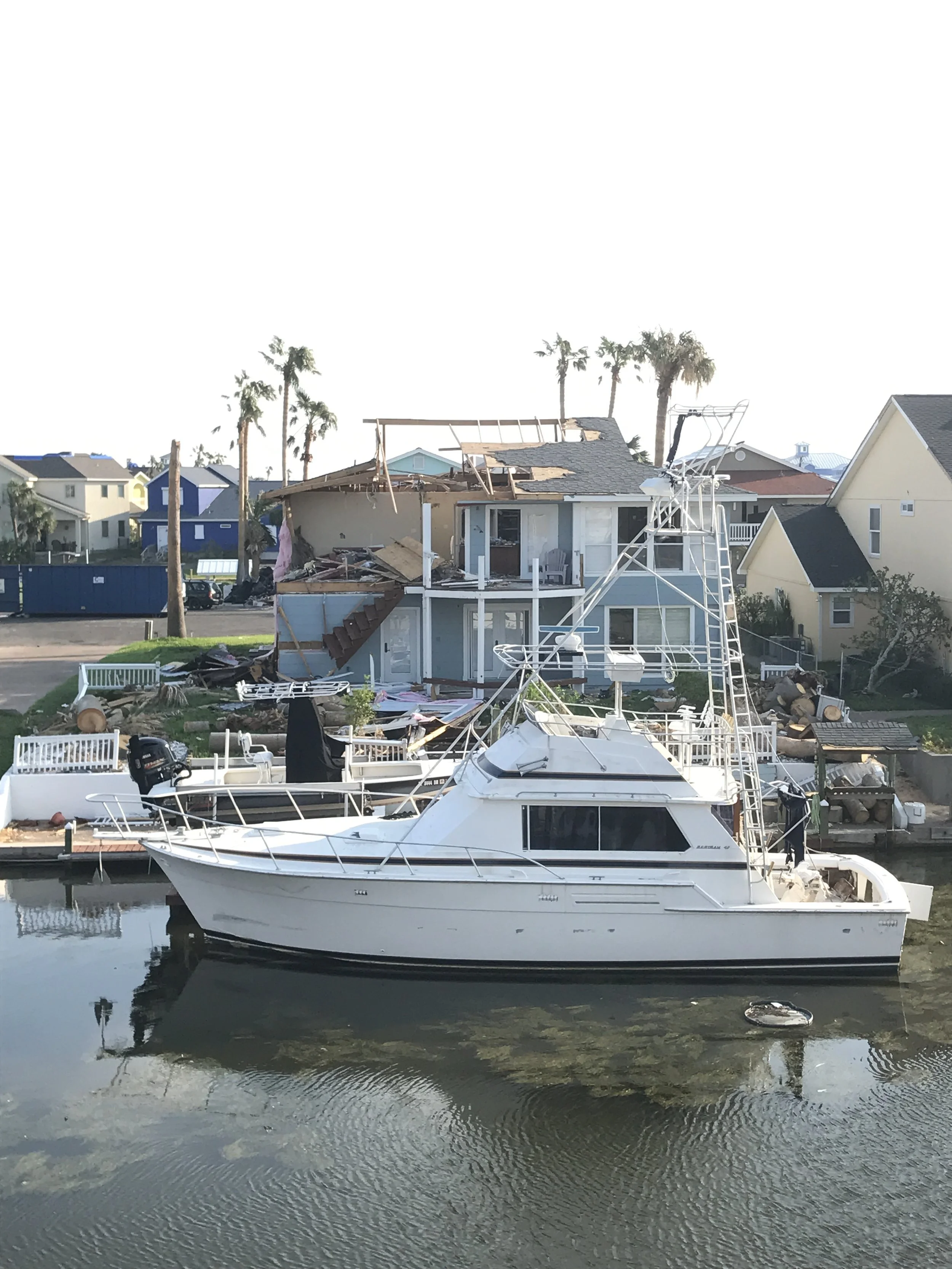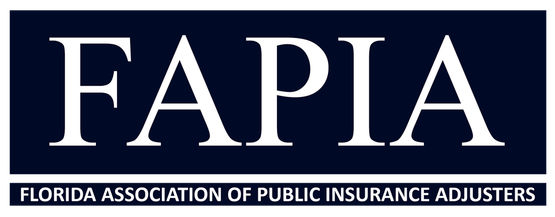This is a great example of why you should contact us as soon as you suffer a loss. We are well versed in residential and commercial Insurance Policies and Coverages. Insurance policies are a contract of adhesion. A contract of adhesion is a contract between two parties that does not allow for negotiation. It is a “take it or leave it” contract that often favors the party that wrote the contract. There is no power to negotiate, because one party often has an unequal bargaining position. This is the single biggest reason why so many conflicts arise between insurance companies and their policyholders. The policyholder feels that the insurance company should fulfill their promise to pay claims at all times as long as they are paying a premium, but the contract they signed was a standard form that often benefits the insurance company.
The standard form is written to protect the insurance company from too much exposure to risk. This is done in such a way to allow the insurance company to turn a profit, even when they pay claims on a daily basis. The state and federal court system will often side with the policyholder in a dispute for the very reason that insurance contracts are contracts of adhesion. Courts know that these contracts favor the insurance company, so often ambiguity in the language of the contract can be favored toward the policyholder.
Sources:
http://www.finweb.com/insurance/characteristics-of-insurance-contracts.html






